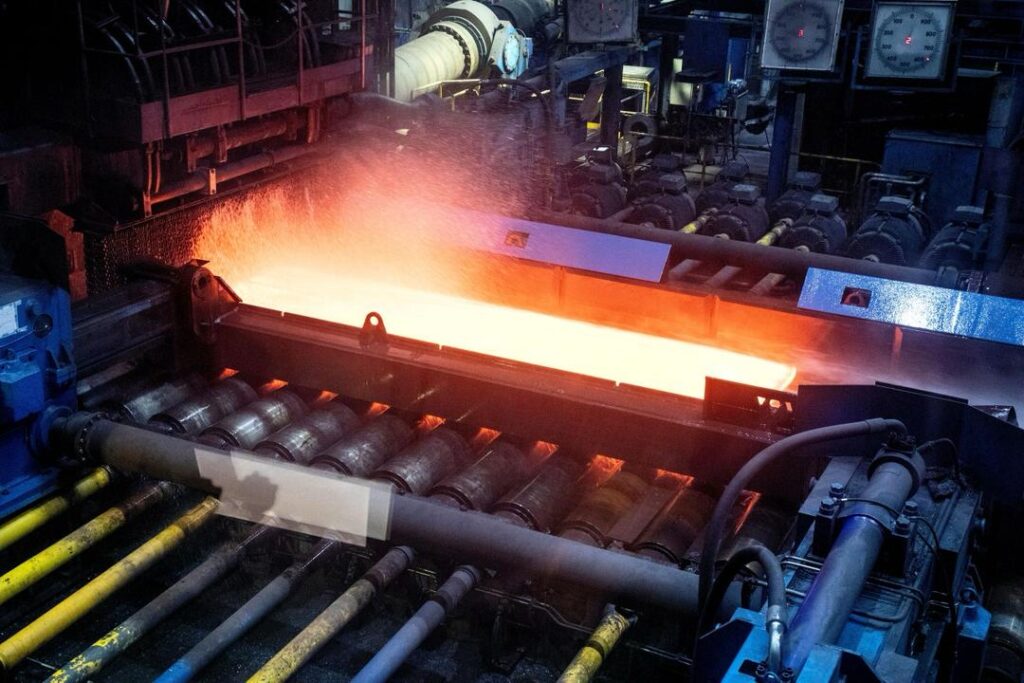As global industrialization continues to advance, stainless steel remains a critical component across various industries due to its corrosion resistance, high strength, and recyclability. From construction and automotive to aerospace and food processing, the demand for stainless steel remains robust. As we move into 2025, the stainless steel industry faces new challenges and opportunities. This article delves into current industry trends and future directions.
1. Sustainability and Environmental Requirements Driving Demand for Green Stainless Steel
The growing global focus on sustainability has increased the demand for stainless steel as a 100% recyclable material. With stricter environmental regulations and policies being enforced by governments worldwide, the stainless steel industry is under pressure to innovate in order to reduce energy consumption and carbon emissions in production processes.
Green stainless steel, produced with low-carbon emissions or from recycled materials, is becoming a market hot spot. In 2025, stainless steel manufacturers are expected to invest more in green technologies, optimize manufacturing processes, and achieve more eco-friendly and cost-efficient production methods. At the same time, environmental standards and green certifications will become core competitive factors for stainless steel products.
2. Fluctuating Stainless Steel Prices and Market Diversification
In recent years, stainless steel prices have been volatile, particularly due to fluctuations in raw material costs, such as nickel and chromium. Nickel, a key ingredient in stainless steel production, is highly affected by global supply and demand, as well as geopolitical factors.
With increasing uncertainty in global supply chains, stainless steel prices are expected to remain volatile. To cope with this challenge, stainless steel producers and suppliers are exploring more flexible procurement and inventory management strategies, as well as strengthening cooperation with upstream suppliers to ensure a stable supply of raw materials.
Moreover, as demand from emerging markets, especially China and India, continues to grow, the global stainless steel market is becoming more diversified. These regions’ demand not only drives industry development but also fosters regional customization of stainless steel products.
3. Expansion of Stainless Steel Applications: Increasing Demand from Smart Manufacturing and High-End Industries
As technology advances, the application areas of stainless steel are continuously expanding, especially in smart manufacturing and high-end industries. Due to its exceptional strength, corrosion resistance, and aesthetic appeal, stainless steel is becoming a crucial material in smart devices, robotics, and high-end consumer goods.
In the aerospace and automotive industries, the demand for lightweight, high-strength materials has led manufacturers to increasingly adopt stainless steel to improve product performance and safety. In the food processing and pharmaceutical industries, stainless steel remains the dominant material due to its hygienic properties and resistance to corrosion, especially in cleanrooms and medical equipment applications.
At the same time, with the advancement of 3D printing technology, stainless steel is expected to be widely used in customized and small-batch production fields, particularly for aerospace, automotive, and medical components, meeting more precise and diverse needs.
4. Smart Manufacturing and Digital Transformation
Smart manufacturing and digital transformation are significant trends in the stainless steel industry’s future. As Industry 4.0 progresses, more stainless steel manufacturers are adopting artificial intelligence (AI), the Internet of Things (IoT), big data, and cloud computing technologies to optimize production processes, improve product quality, and reduce production costs.
With intelligent production management systems, stainless steel companies can monitor production processes and equipment status in real-time, conduct data analysis, predict equipment failures, and avoid production downtime. Digital transformation also enables businesses to respond more flexibly to market demands, improving their ability to meet customized requirements from customers.
5. Balancing Globalization and Localization
In the context of global economic integration, the stainless steel industry is facing the dual challenge of “globalization and localization.” Globalization provides significant market opportunities for cross-border sales of stainless steel products, particularly with the rise of markets in Asia, Africa, and other emerging regions. However, as trade protectionism rises and logistics costs increase, many companies are reconsidering whether to relocate their production bases back to domestic markets, or strengthen regional production capabilities.
In the future, stainless steel manufacturers may adopt more flexible production strategies, establishing multiple production bases worldwide to address different regional market demands while maintaining cost control.
Conclusion
The stainless steel industry in 2025 will continue to face several challenges, such as raw material price fluctuations, stricter environmental regulations, and intense market competition. However, at the same time, green stainless steel, smart manufacturing, and the growth of emerging markets present significant development opportunities. The success of companies will depend on how they balance globalization and localization, innovate through technology, and enhance their competitiveness through sustainability efforts. In this process, the stainless steel industry will continue to drive global economic growth and meet the increasing demand across various sectors.
By staying attuned to industry trends, optimizing production and supply chain management, companies will position themselves strategically in the market, embracing a more intelligent, sustainable, and diversified future.

